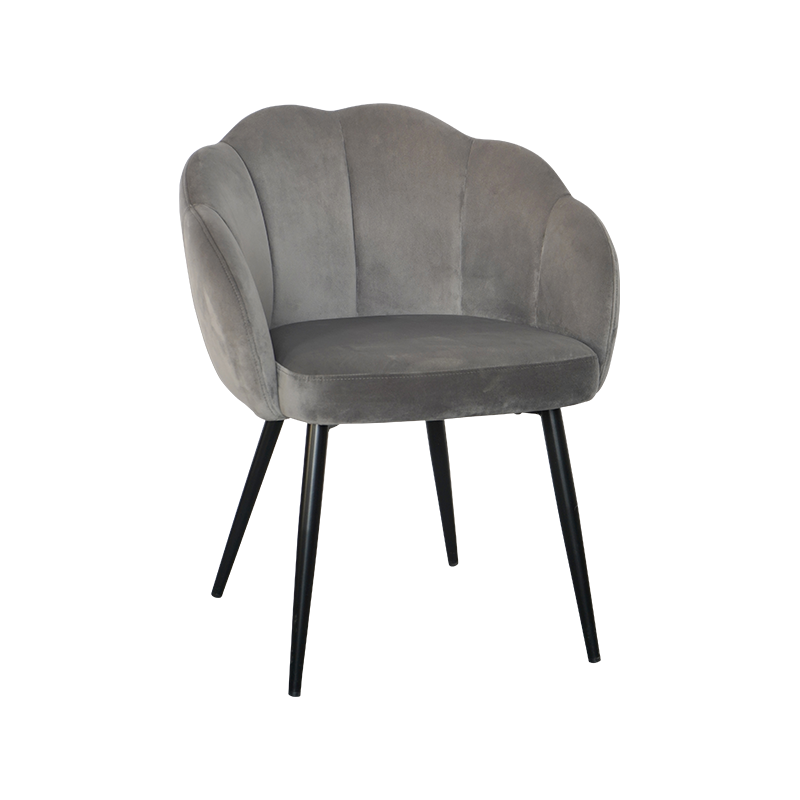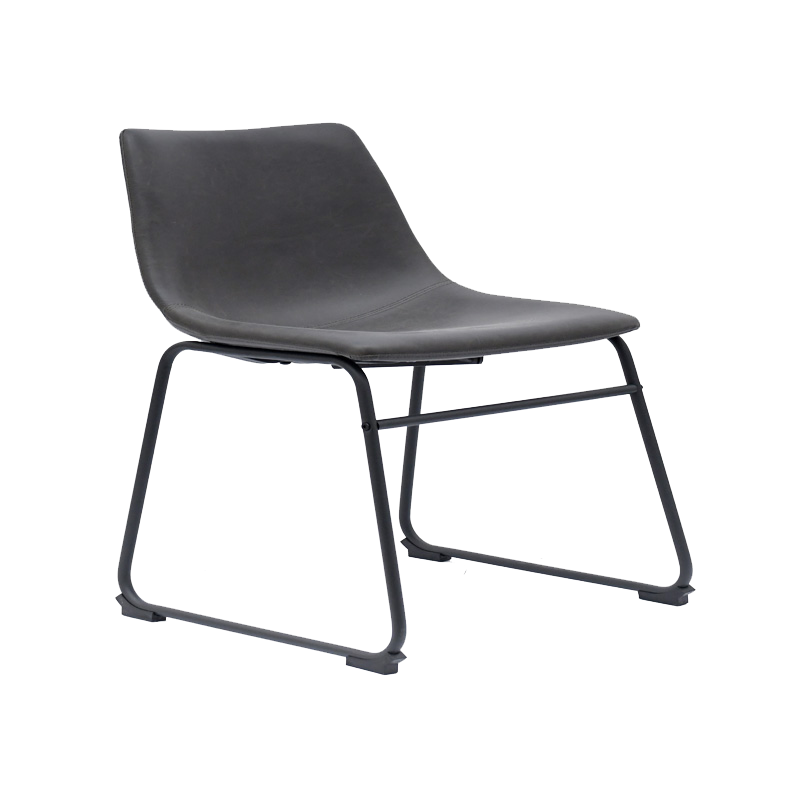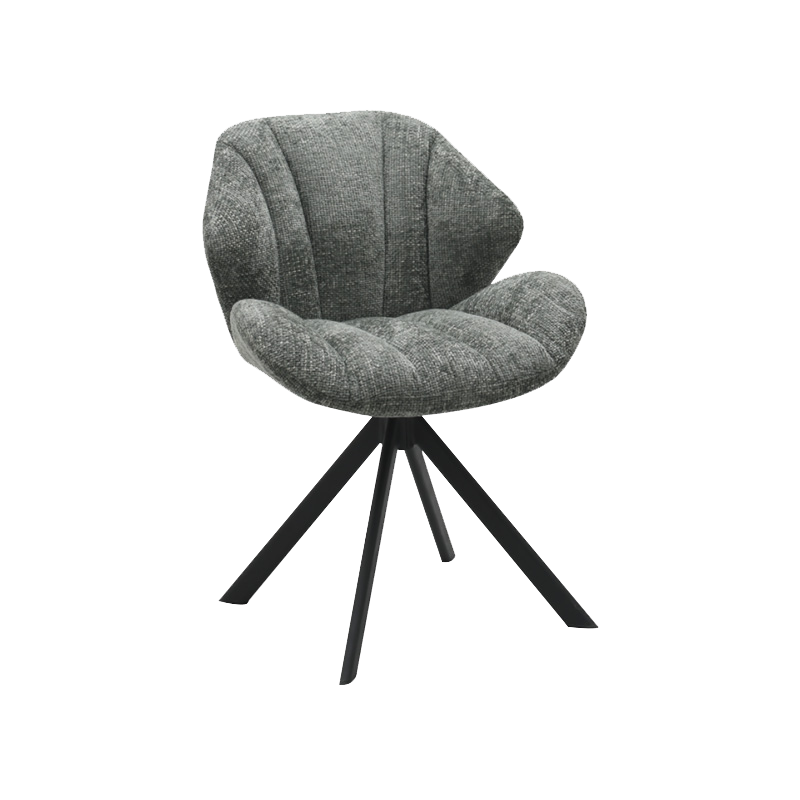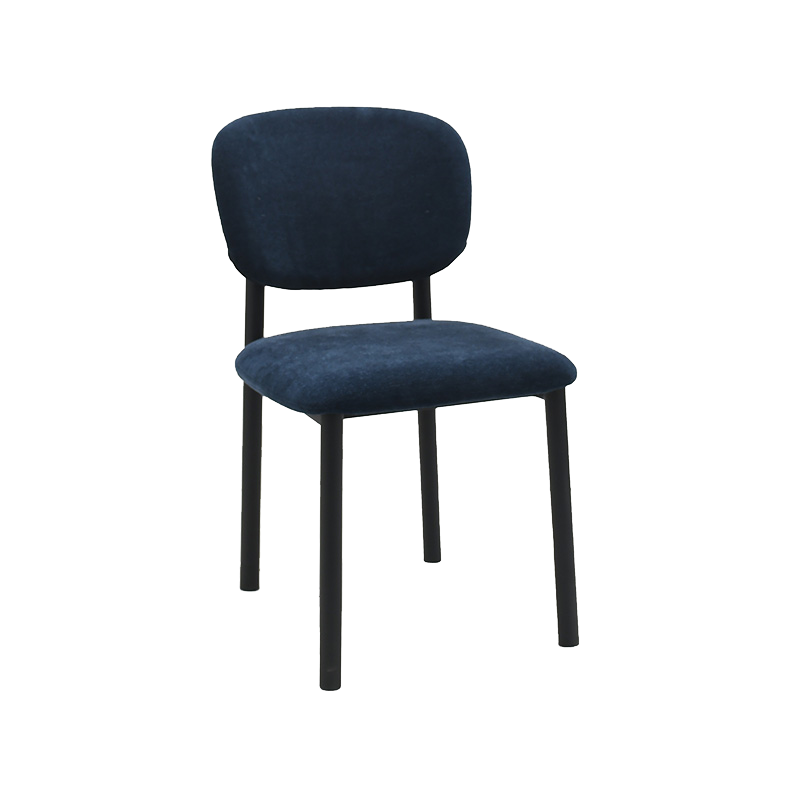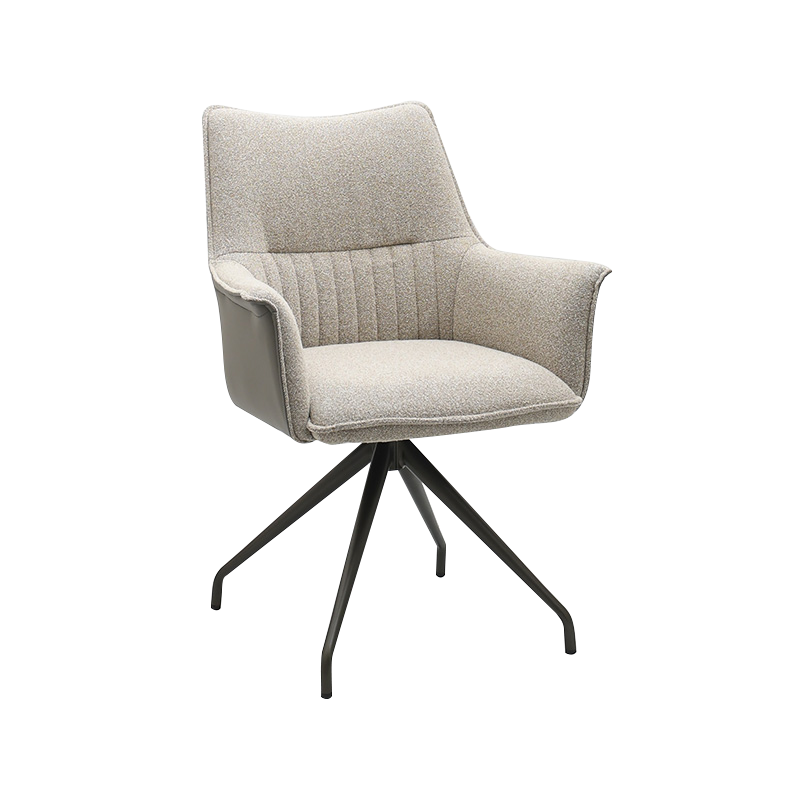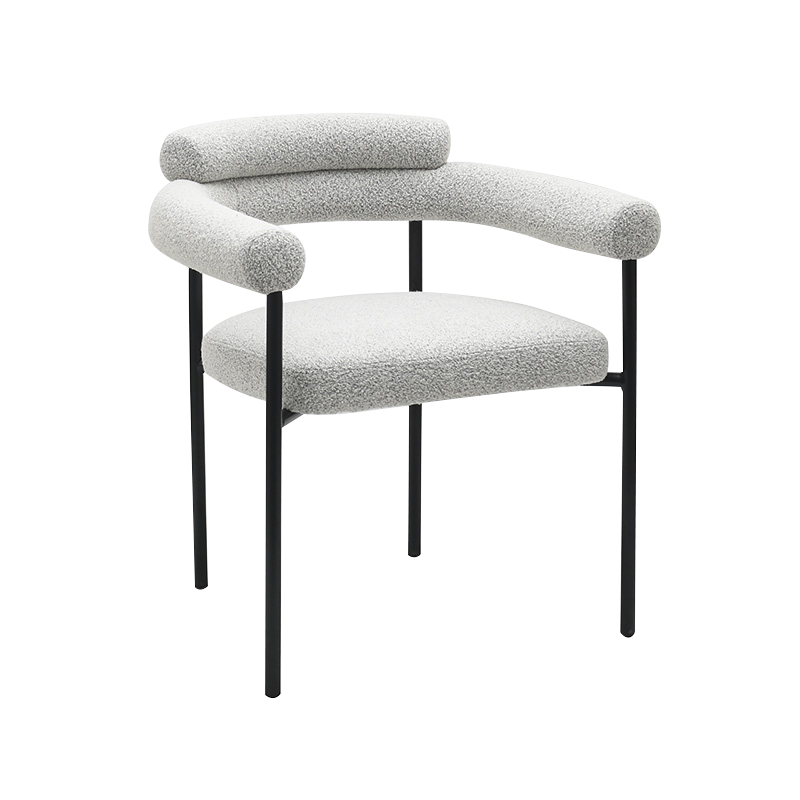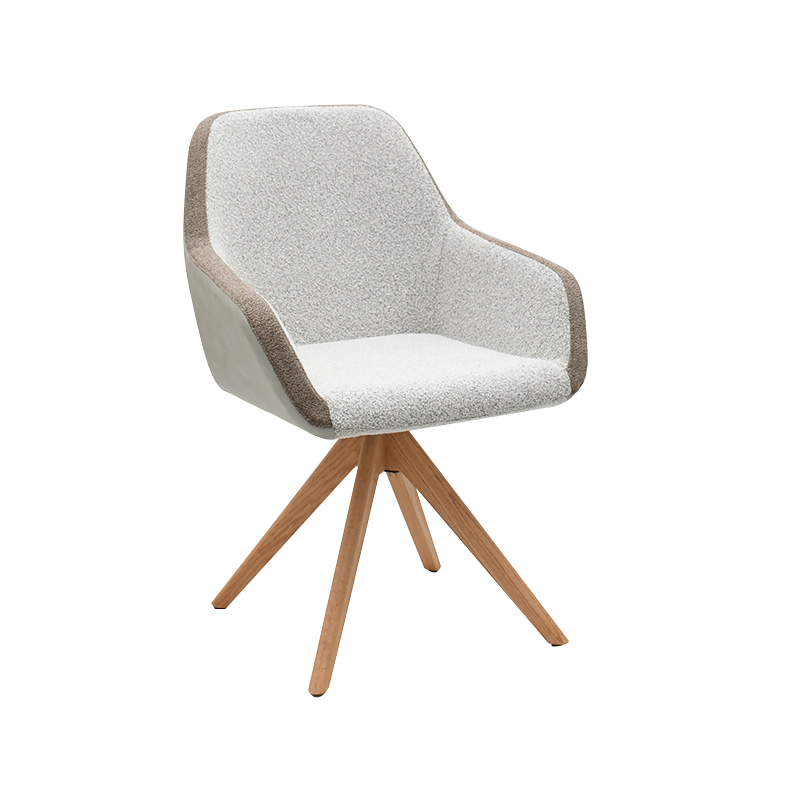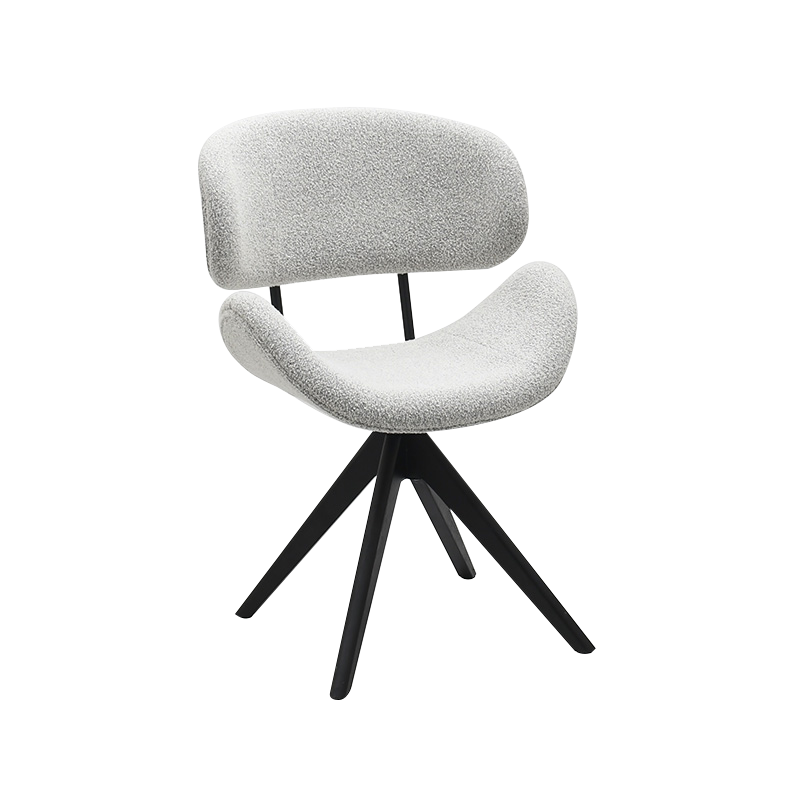In the fast-paced world of modern life, people's pursuit of "comfort" has long transcended simple relaxation and evolved into a deeper exploration of health and quality. Ergonomic lounge chairs, a fusion of technology and design, are quietly transforming how people feel while relaxing at home, taking breaks at work, or simply relaxing and entertaining. They are not simply "sofa replacements" in the traditional sense. Instead, through precise structural design and innovative materials, they allow the body to relax while maintaining a natural balance, fundamentally alleviating the muscle tension and bone stress caused by prolonged sitting.
Deconstructing Ergonomics: From "Passive Adaptation" to "Active Support"
Traditional lounge chair designs often focus on visual aesthetics and basic support, ignoring the physiological needs of the human body in different postures. When a person is relaxed, the points of force applied to the spine, pelvis, and lower limbs shift with posture. Without targeted support, problems such as a slouched waist and forward-leaning shoulders can ensue. Over time, these issues can lead to health risks such as lumbar muscle strain and cervical stiffness. The core principle of ergonomic lounge chairs lies in "dynamic adaptation." Their design teams typically incorporate principles of human anatomy and biomechanics to achieve precise support for key body parts through segmented support structures. For example, high-quality ergonomic chairs utilize an adjustable elastic lumbar pillow that automatically adjusts its arc based on the user's height and sitting posture, ensuring the lumbar spine maintains a natural lordotic curvature and preventing overstretching of the lumbar muscles caused by suspension. Shoulder and neck support is achieved through a streamlined backrest and headrest design that work in tandem. As the body leans back, the backrest tilts in sync with the shift in center of gravity, and the headrest rises accordingly. This creates a smooth transition between the cervical and thoracic spine, reducing the load on the neck muscles.

This "active support" design concept dispels the misconception that "softer, more comfortable." Overly soft seat cushions or backrests can leave the body feeling unsupported, causing muscles to constantly tense to maintain balance, which in turn exacerbates fatigue. The cushions of ergonomic lounge chairs often utilize a combination of high-density elastic foam and breathable fabric. This provides a comfortable, supportive feel to distribute pressure on the hips, while also utilizing a scientifically designed rebound mechanism to prevent the body from sinking in, keeping the lumbar spine in a relaxed, neutral position.
Scenario-Specific Design: Seamless Transition from Home to Work
As the boundaries between remote work and home leisure blur, the design of ergonomic lounge chairs has evolved from single-purpose to multi-scenario adaptability. High-quality products not only meet daily rest needs but also offer subtle adjustments to suit diverse scenarios, such as work, reading, and movie viewing, delivering the convenience of "one chair, multiple experiences."
In the office, ergonomic lounge chairs prioritize stable upper body support. Their armrests are typically adjustable and swivel, allowing users to adjust them to the height of the desk, allowing the elbows to naturally bend 90 degrees and avoiding excessive shoulder strain caused by hanging in the air. The chair backrest's tilt angle can also be precisely adjusted, allowing users to find the most comfortable support point even for extended periods of sitting, reducing back pain.
For leisure purposes, chair design prioritizes full-body relaxation. Some high-end models feature retractable footrests. When the user needs to recline, simply pull a lever and the footrest automatically pops out, allowing the chair back to tilt at a wide angle for a comfortable, nearly reclining position. The curved surface of the chair naturally conforms to the curves of the legs, preventing blood congestion and numbness, allowing the body to fully relax and quickly recover.
Scenario-specific design isn't simply a function of adding functions; it's precisely optimized based on the physiological characteristics of the human body in different states. For example, when reading, the neck naturally tilts forward, so the headrest is designed with an adjustable front-and-back structure to ensure a comfortable cervical spine. When watching a movie, the body tends to lean back, so the backrest's support point moves backward, providing dual support for the waist and back, preventing back discomfort caused by prolonged leaning.
Materials and Craftsmanship: The Invisible Foundation of Comfort
If structural design is the skeleton of an ergonomic lounge chair, then materials and craftsmanship are the flesh and blood that determine its comfort. High-quality products often feature meticulous material selection, creating a comfortable and durable user experience through a strategic combination of fabric, filling, and frame.
The choice of fabric directly impacts a chair's breathability and feel. Mesh fabric is a popular choice for summer use due to its exceptional breathability. Its unique weaving technique ensures support while allowing air to circulate freely, preventing the stuffiness of the buttocks and back caused by prolonged sitting. Leather fabrics are highly sought after for their delicate touch and comfortable support. High-quality genuine leather or microfiber leather is not only smooth to the touch but also highly wear-resistant. Special treatments also enhance its breathability, making it suitable for those who demand a premium feel.
The quality of the filling determines the chair's resilience and pressure distribution. High-density foam is a popular choice. Its fine structure evenly distributes body pressure while maintaining long-lasting resilience, preventing collapse from prolonged use. Some high-end products also incorporate memory foam into the foam. This material automatically adjusts its shape based on body temperature and pressure, precisely conforming to the body's curves and further enhancing the support and comfort. The craftsmanship of the frame is crucial to a chair's stability and durability. Aluminum alloy frames are widely used for their high strength and light weight. Anodizing not only provides excellent corrosion resistance but also creates a simple, modern metallic look. The welding process at the joints is also crucial. Precision welding ensures the frame remains stable over long-term use, preventing noise and safety hazards caused by shaking.

Buying Guide: How to Find the Right Ergonomic Lounge Chair for You
Faced with the vast variety of ergonomic lounge chairs on the market, many consumers often get lost in the "spec maze," blindly pursuing comprehensive features while ignoring their actual needs. In reality, choosing the right chair is all about fit—whether the chair's design matches the user's physical characteristics and usage scenarios.
Select the appropriate size based on your height and body type. Taller users require a higher backrest and deeper seat to ensure adequate head and leg support. Petite users should opt for models with adjustable seat depth to avoid pressure concentration caused by hanging legs. When trying out a chair, focus on whether your lumbar area feels clearly supported, whether your hips fit snugly against the seat cushion, and whether your neck rests naturally against the headrest. These details directly determine the chair's fit.
Identify the primary use scenario. If the chair is primarily for office use, consider models with adjustable armrests and precise backrest tilt. If it's used primarily for leisure, consider features like footrests and wide-angle reclining. Frequency of use is also a crucial consideration. For high-use scenarios, consider the chair's durability, such as the frame material and fabric's wear resistance.
From structural design to material craftsmanship, from scenario adaptation to intelligent upgrades, the development of ergonomic lounge chairs has always revolved around a "people-centric" approach. They are more than just a piece of furniture; they are a companion in modern life, providing silent support and making every long seat a relaxing experience. In the future, with the continuous advancement of technology and the deepening of design concepts, ergonomic lounge chairs will undoubtedly provide people with a more comfortable and healthier experience, becoming an indispensable part of quality living.

 English
English Deutsch
Deutsch Español
Español